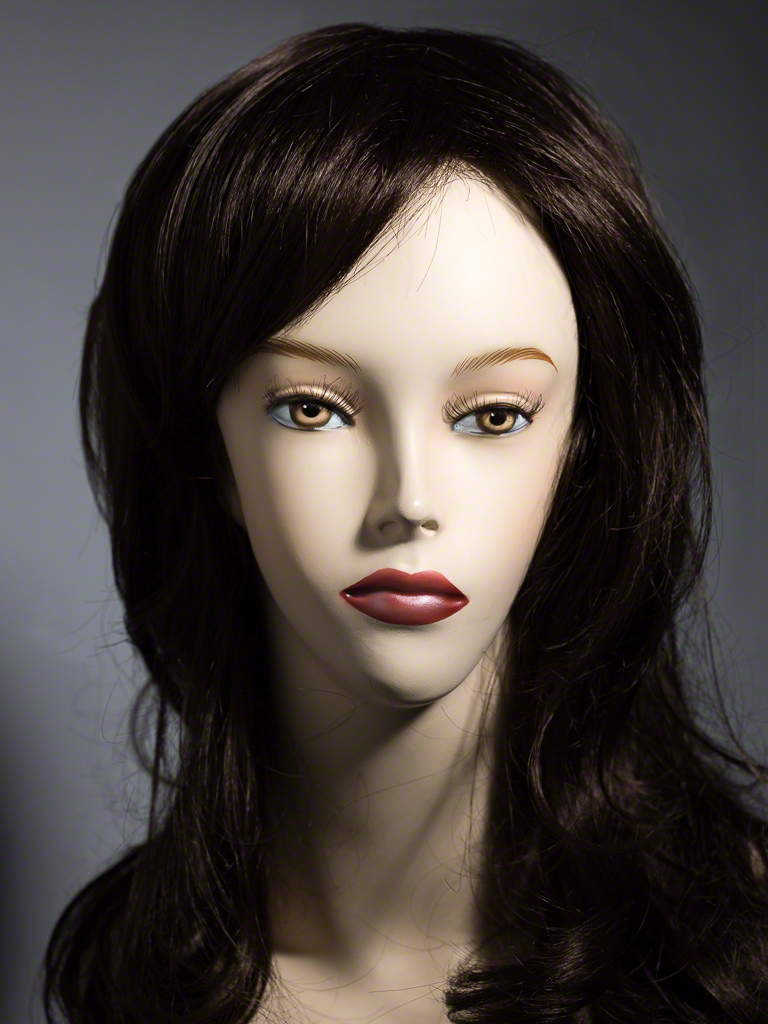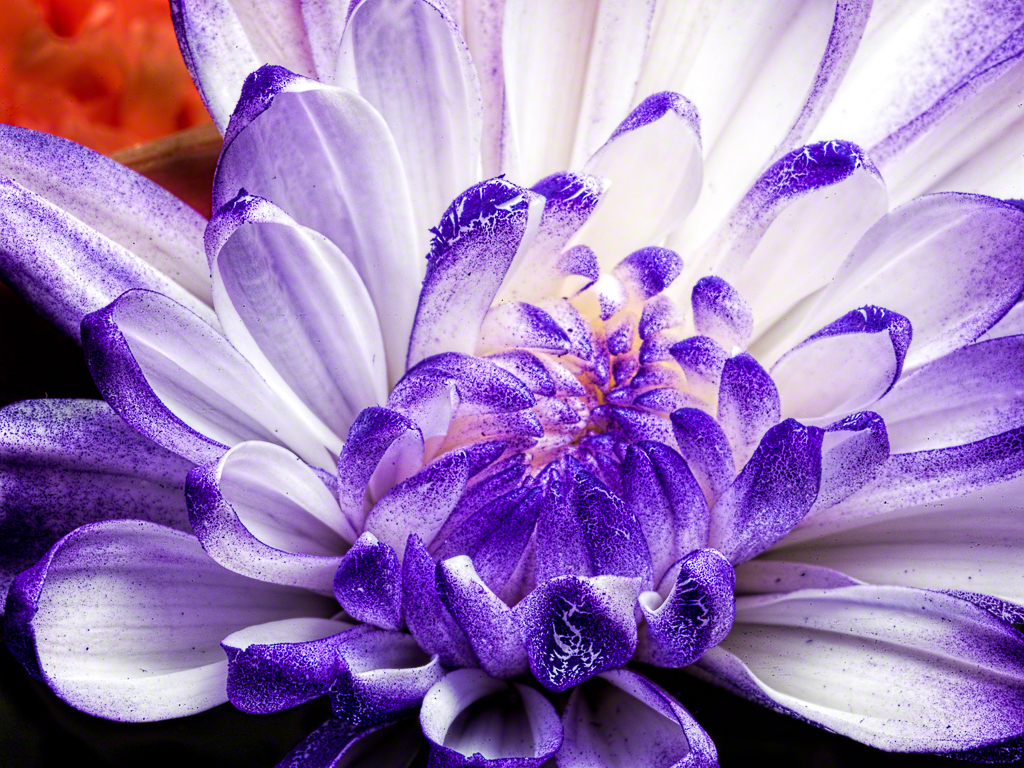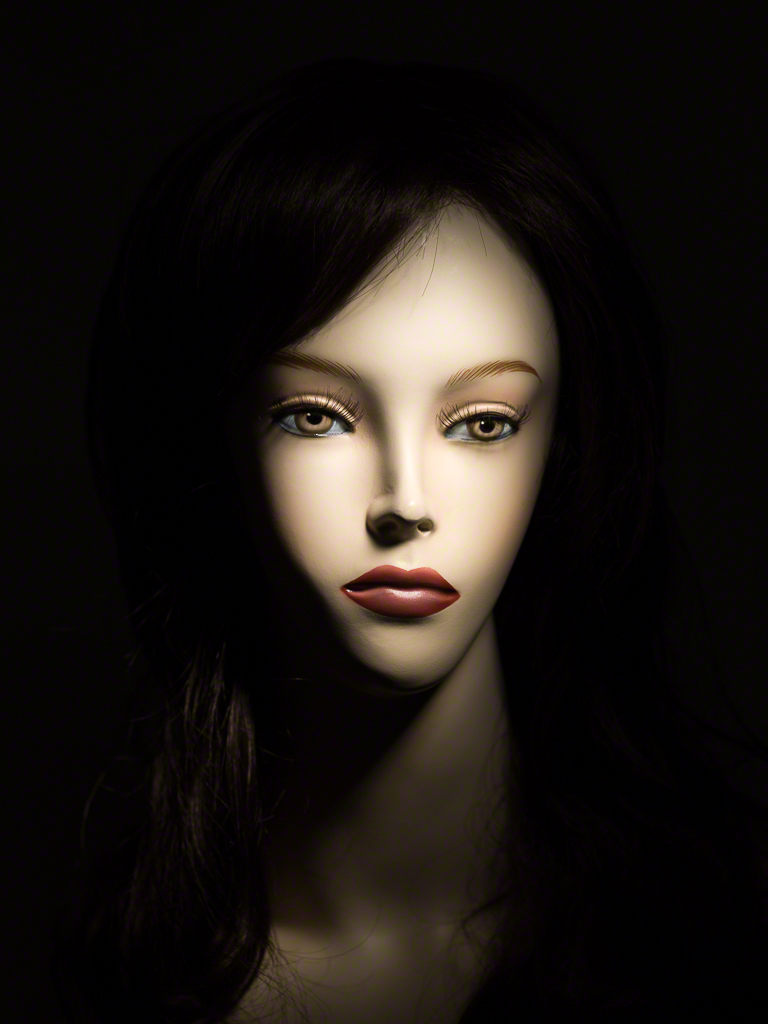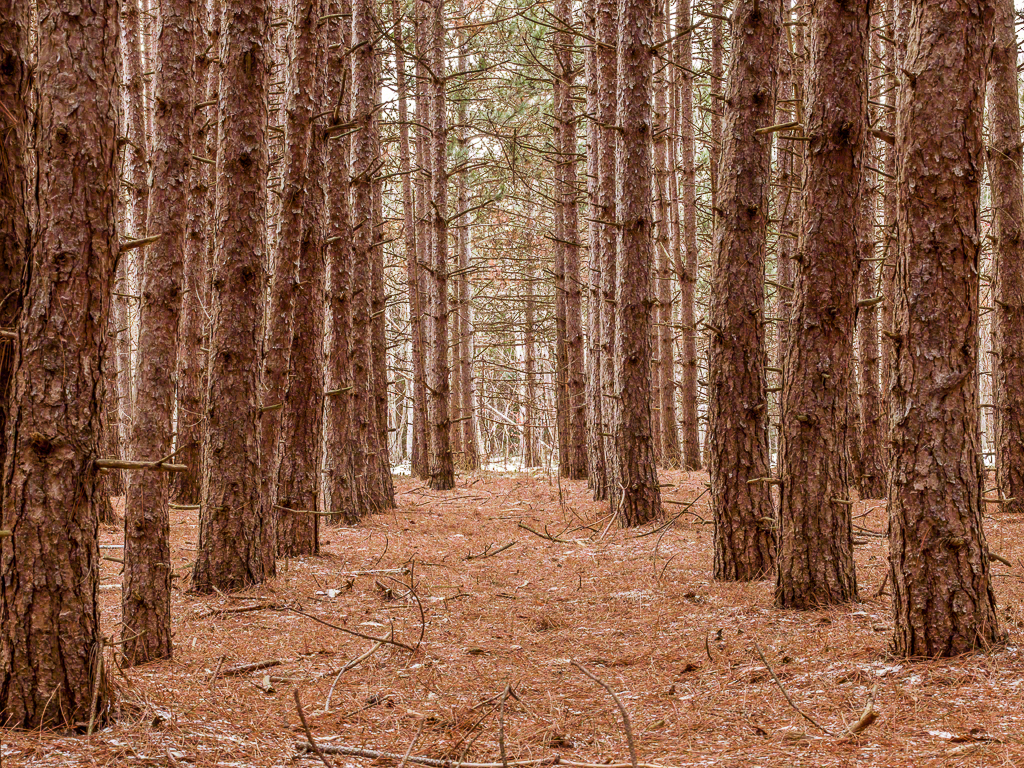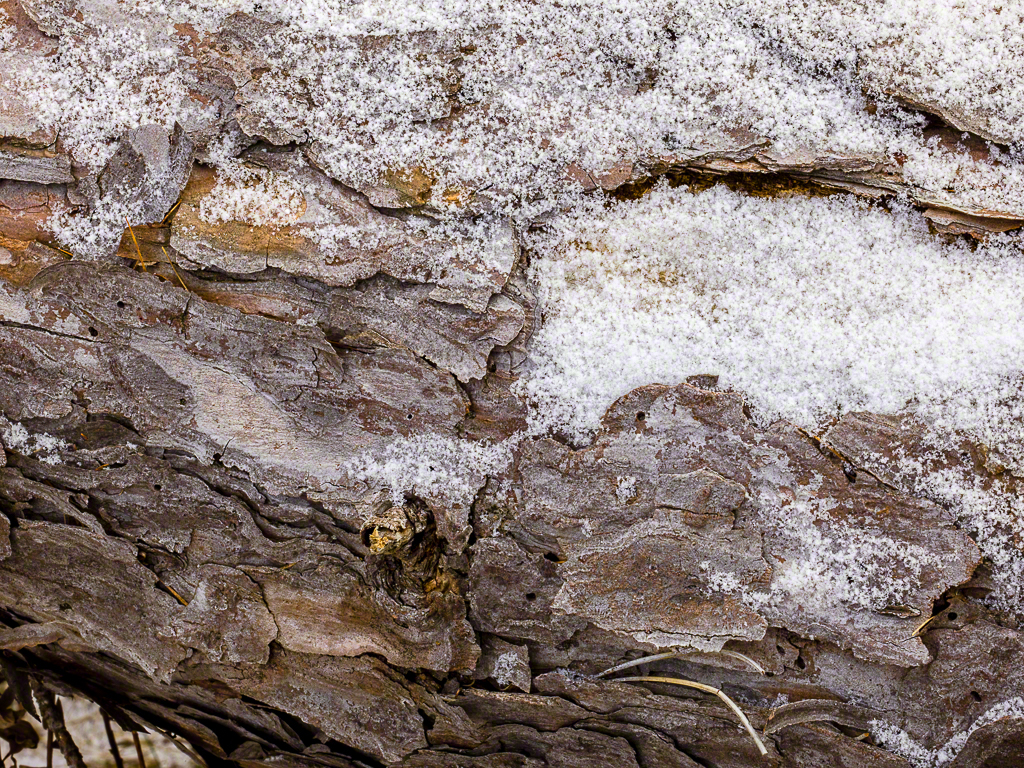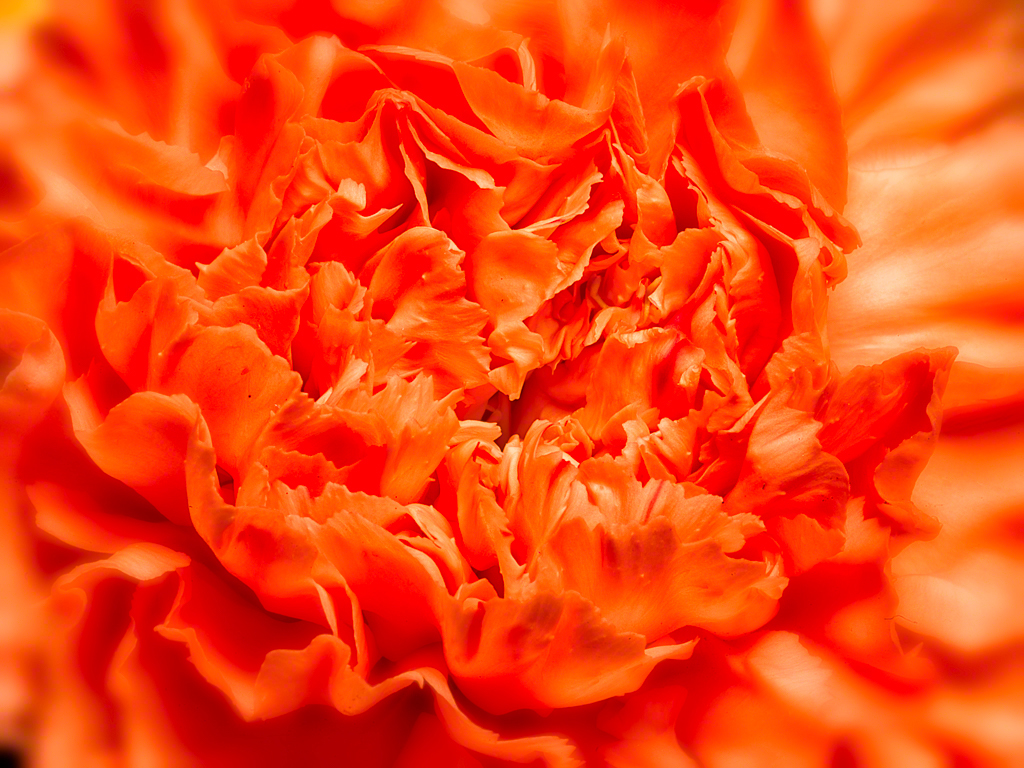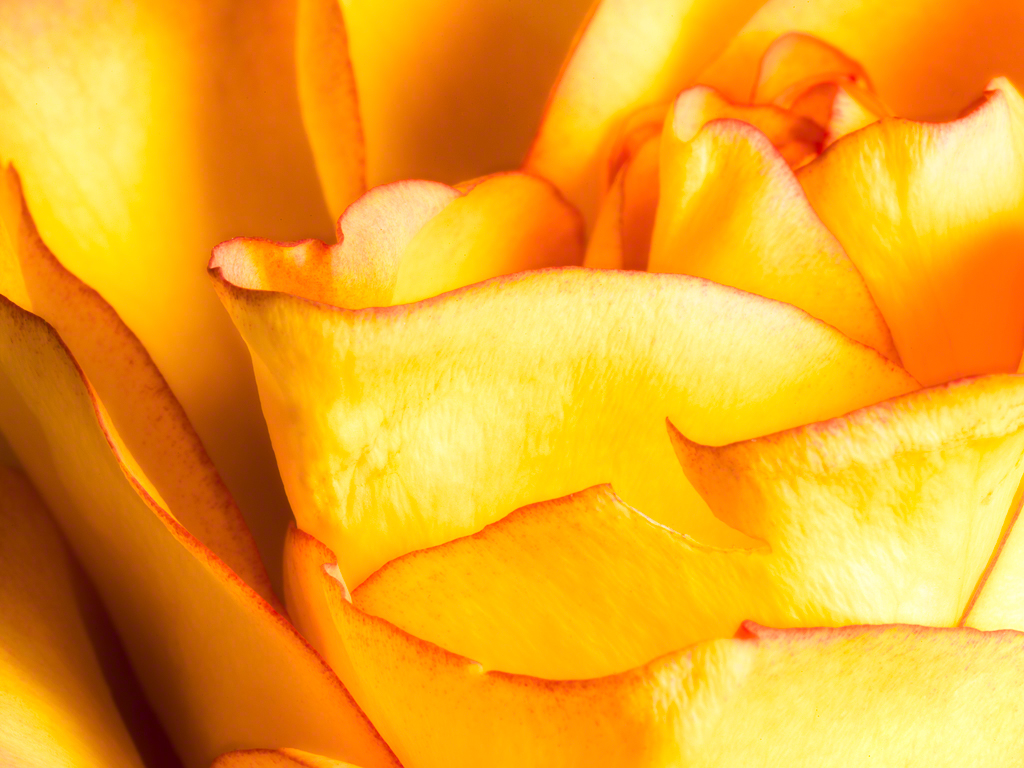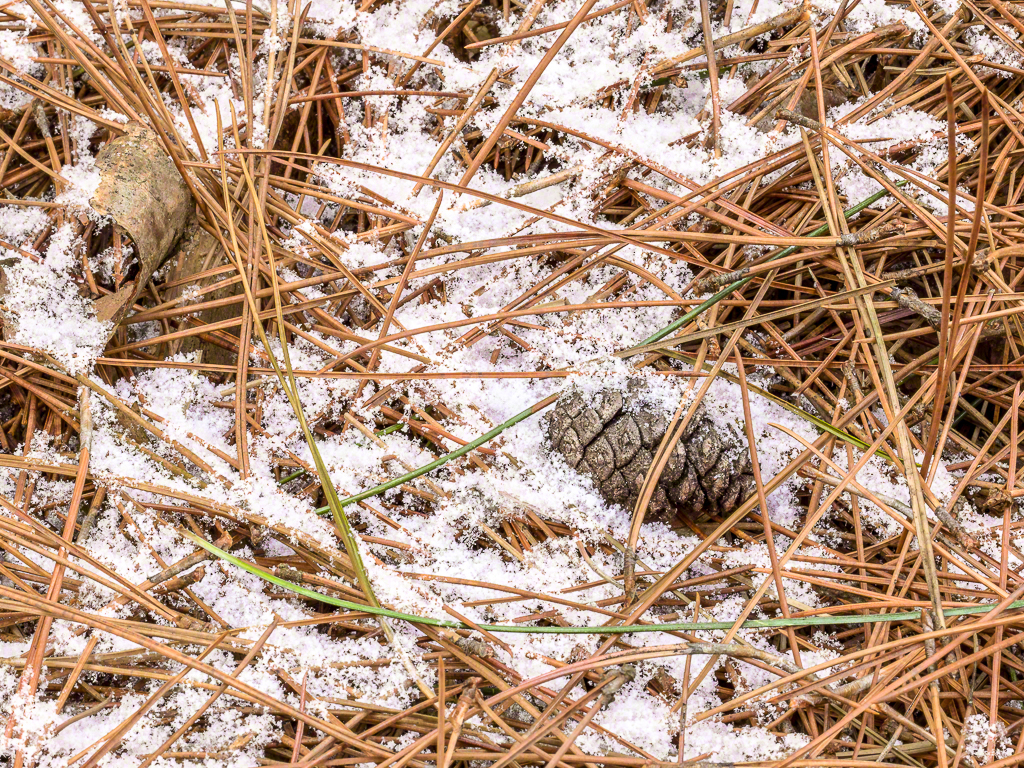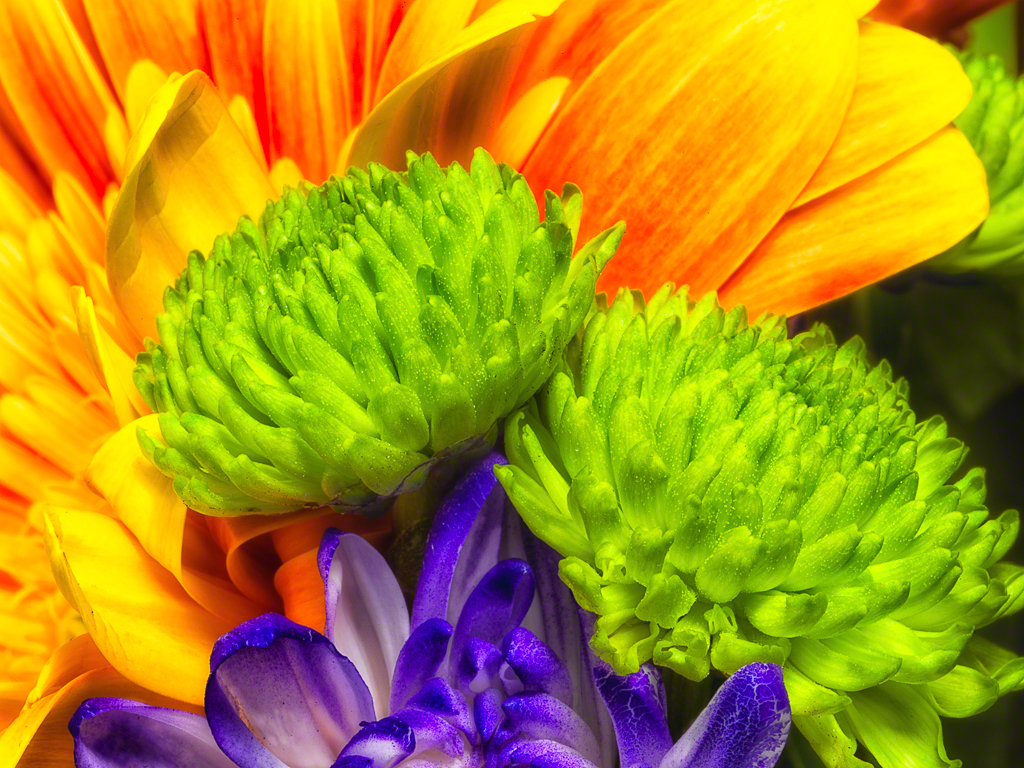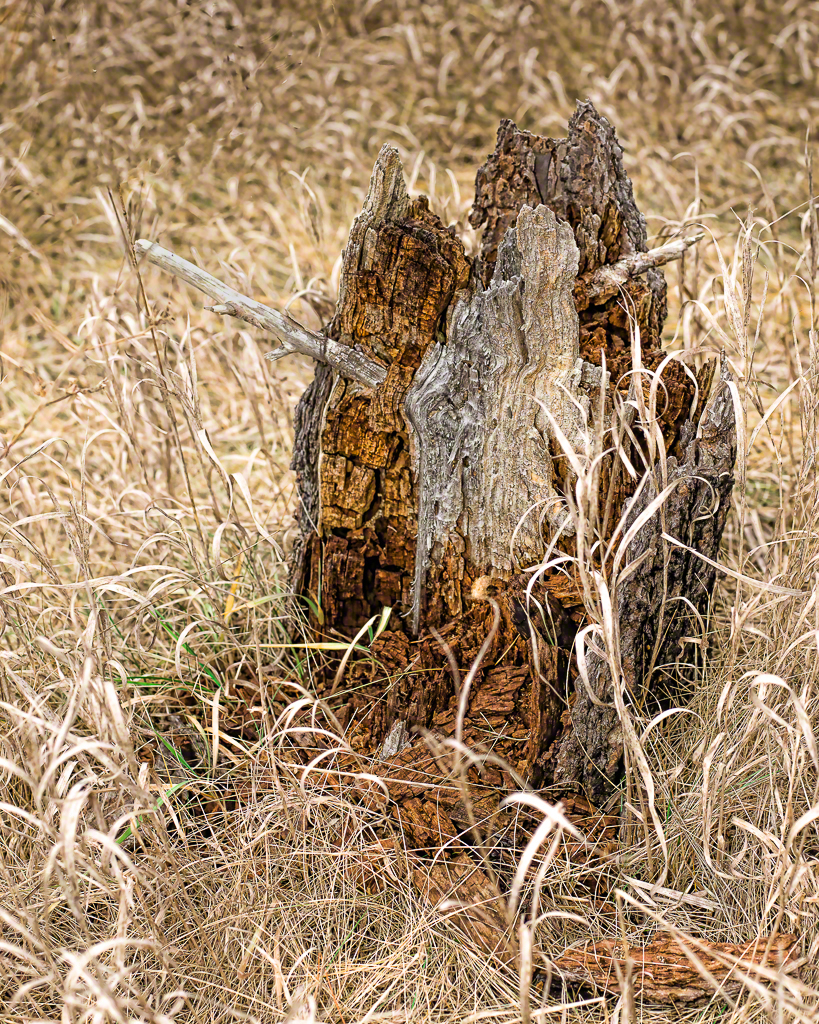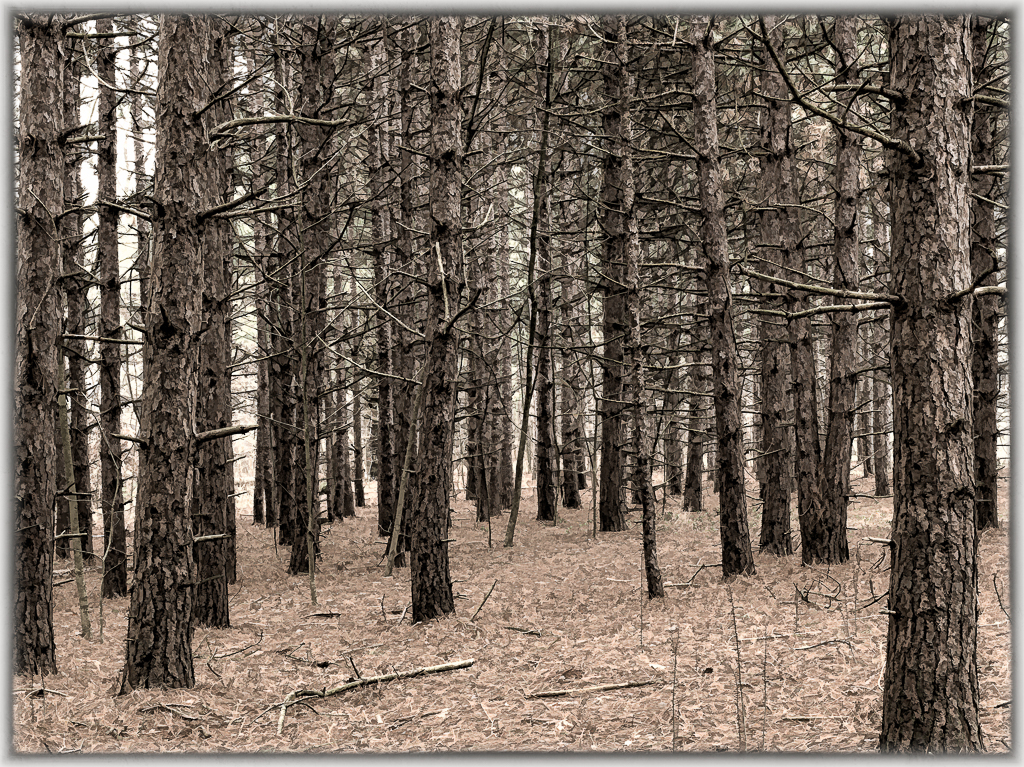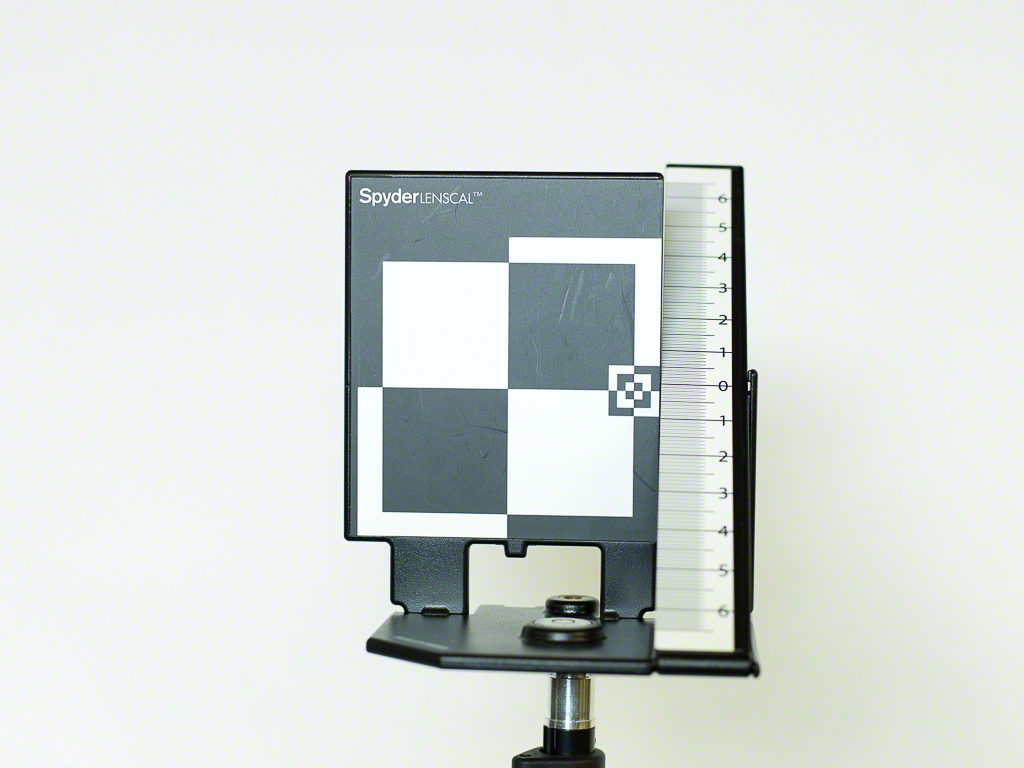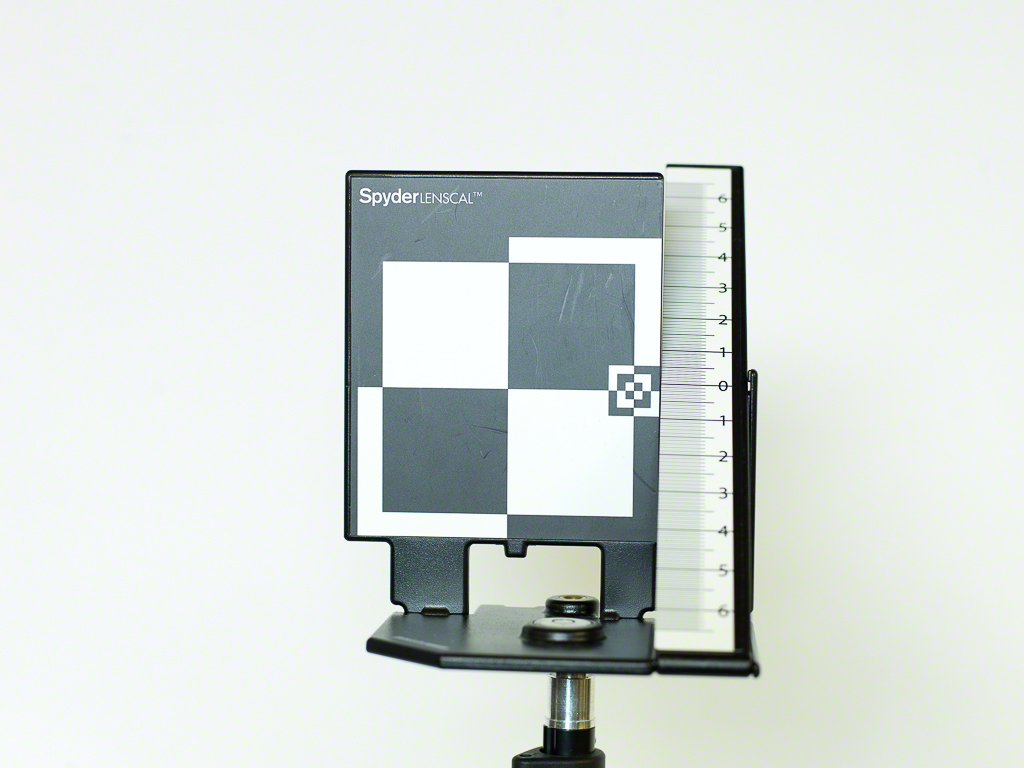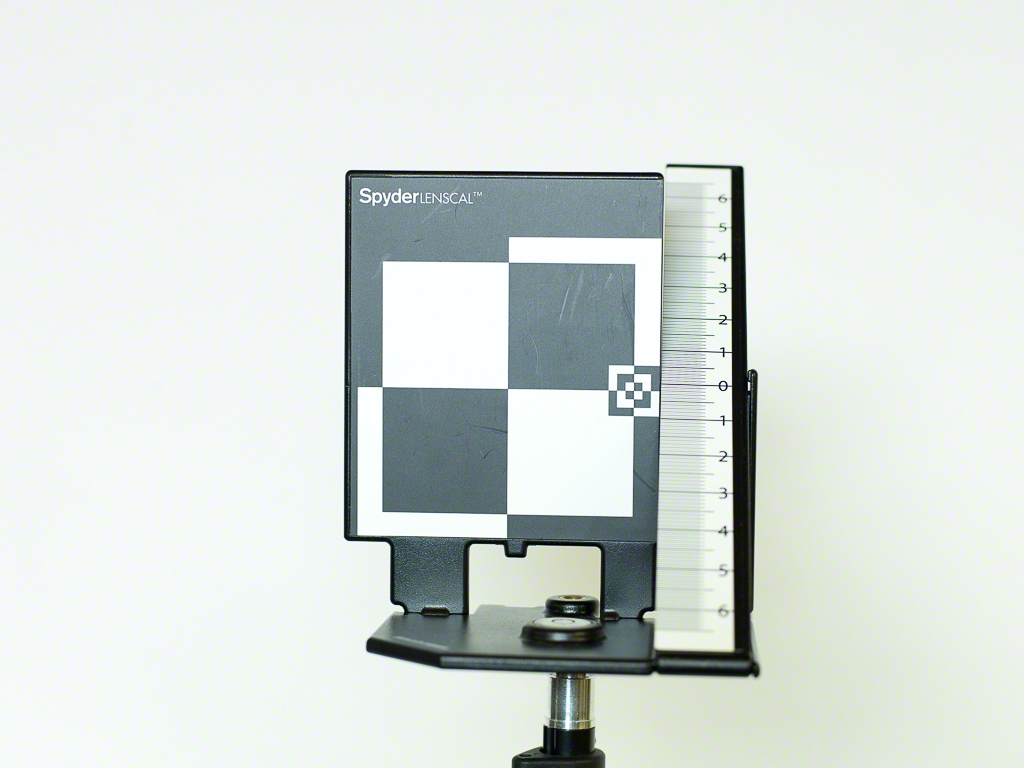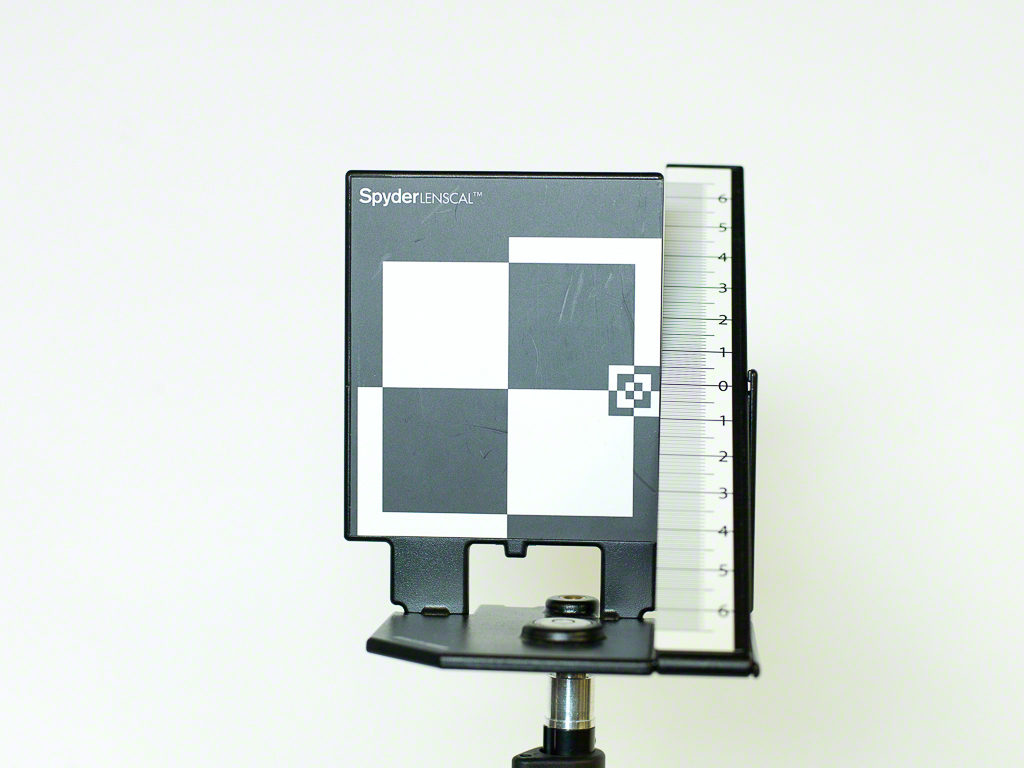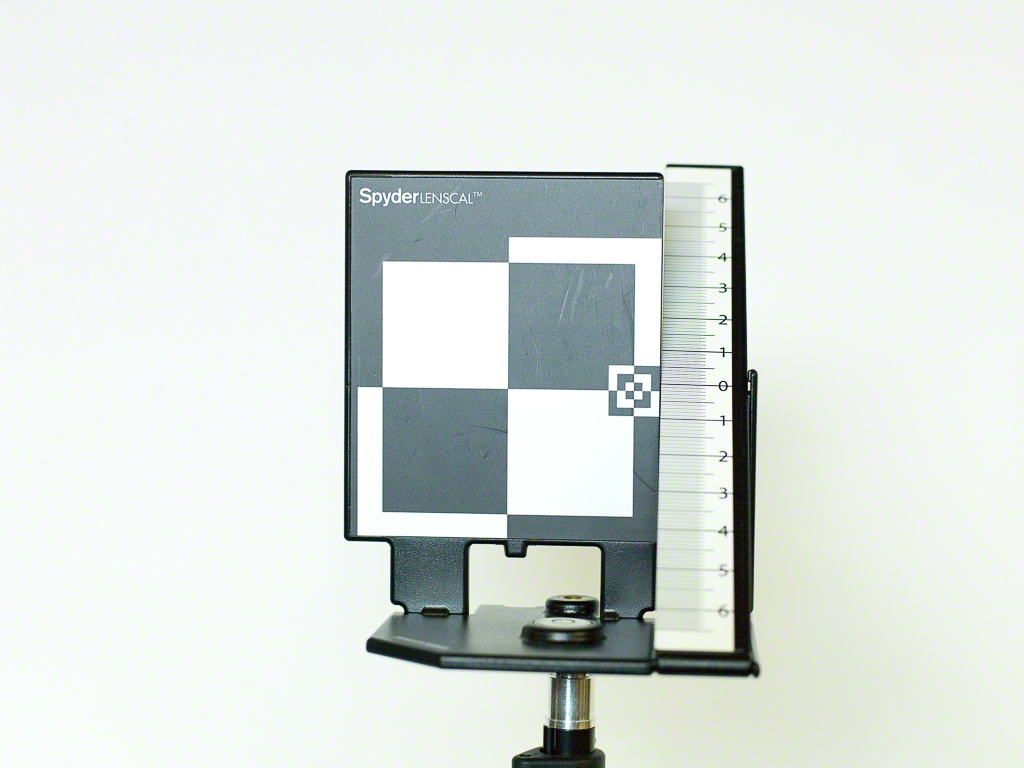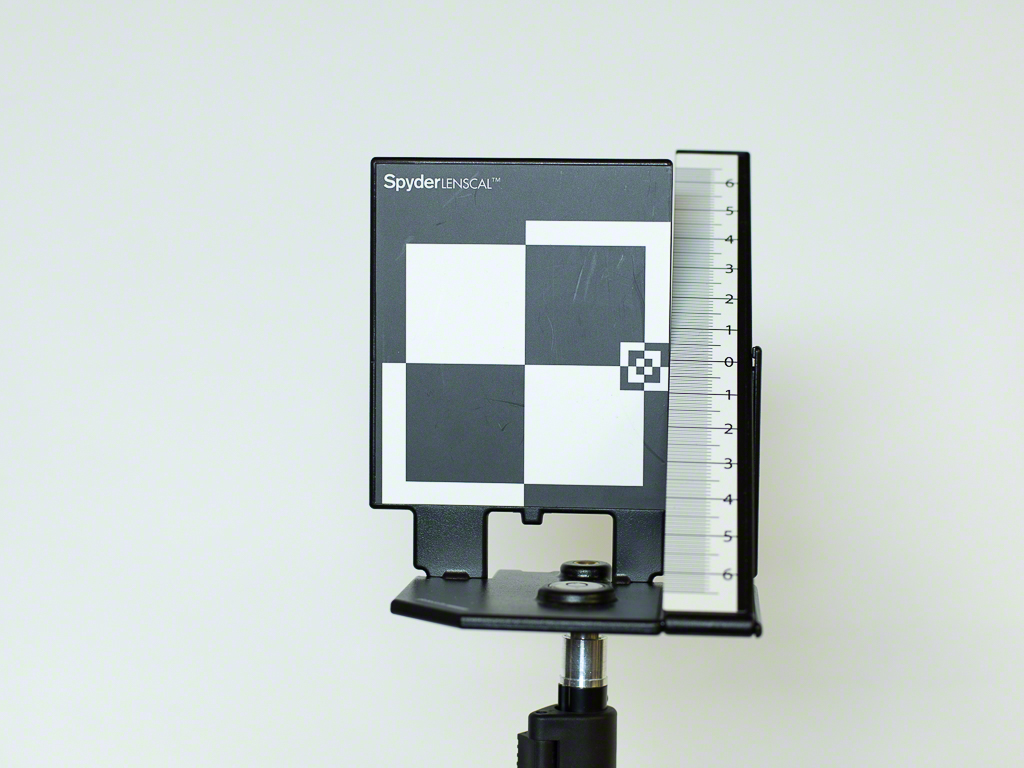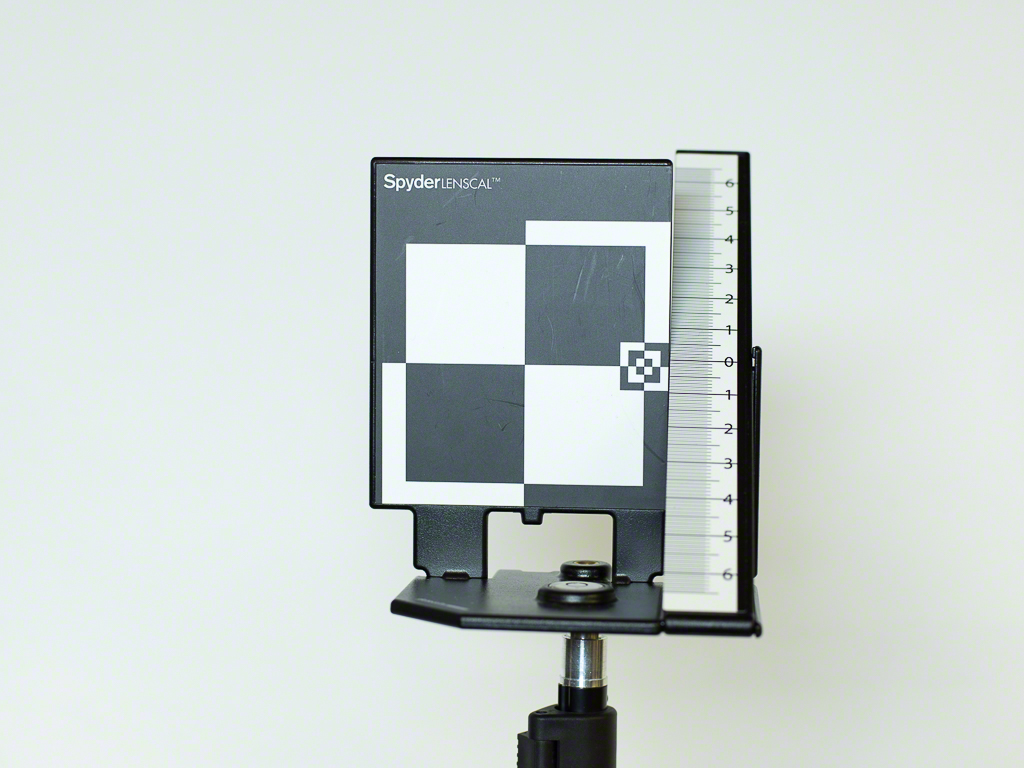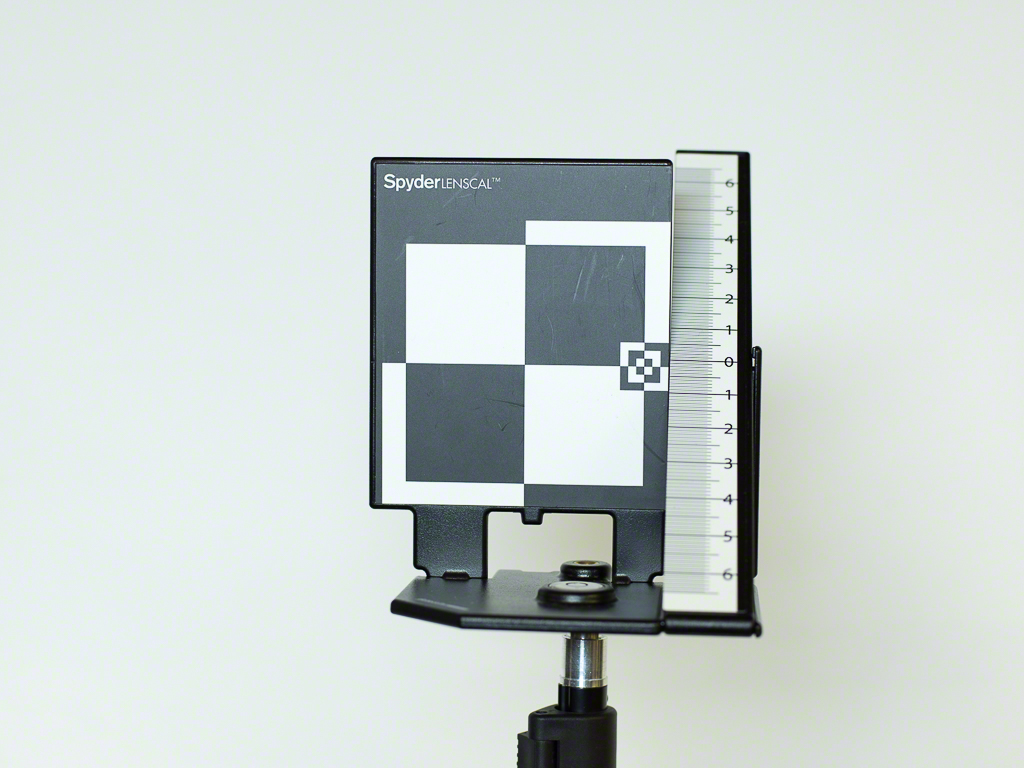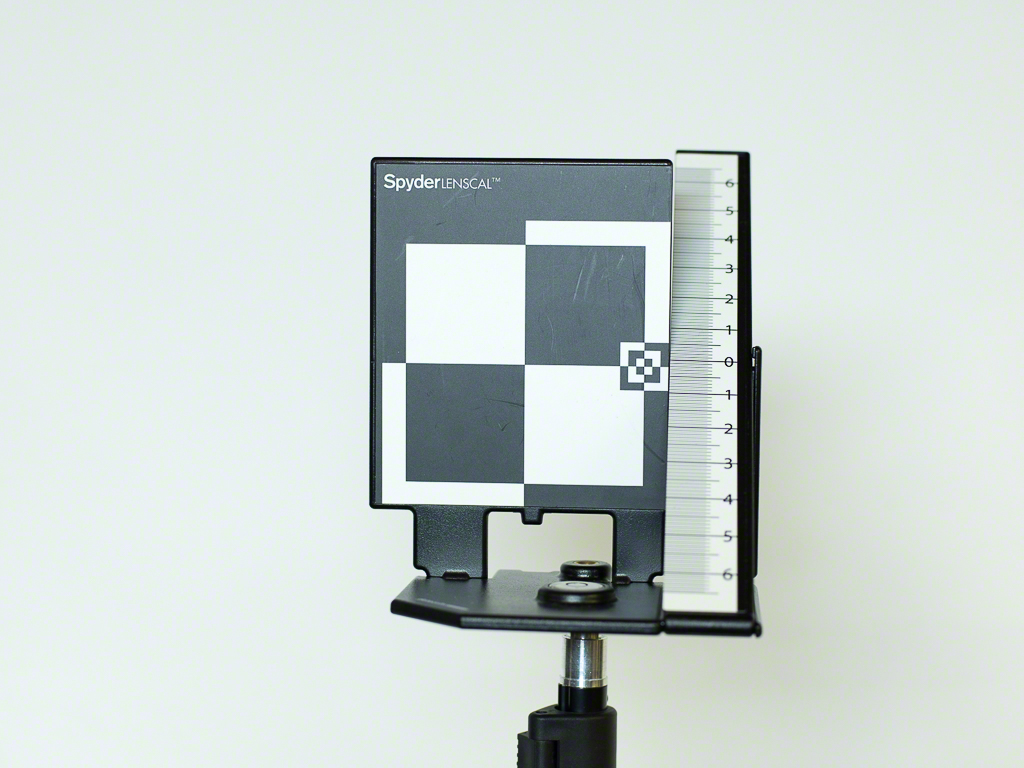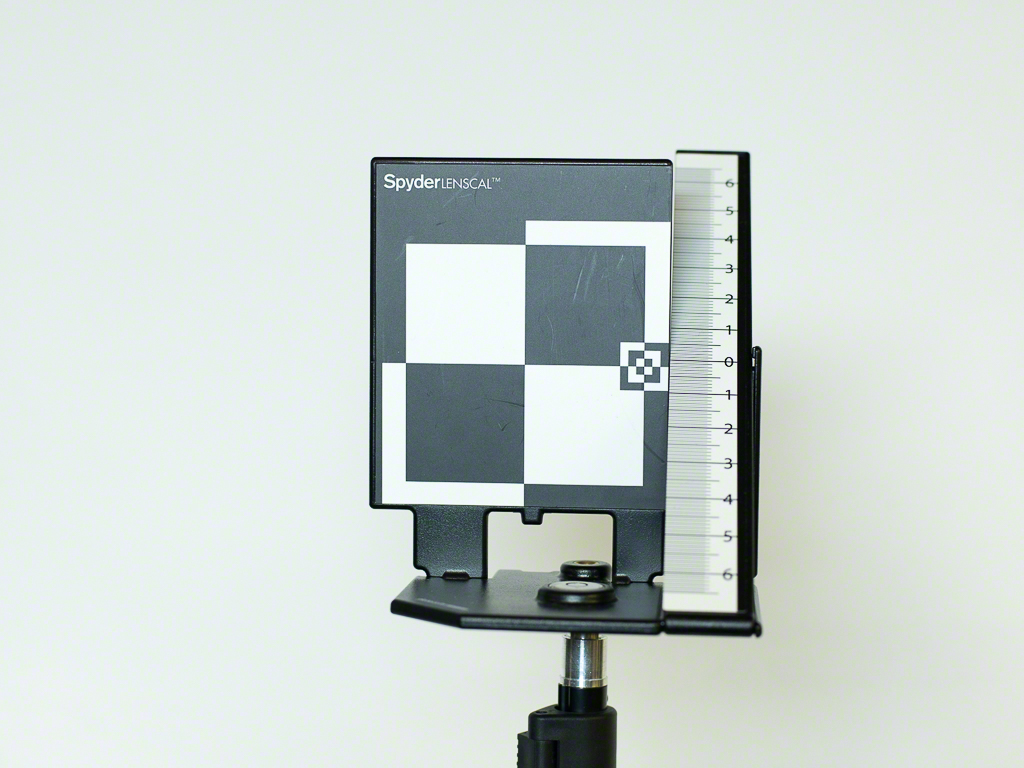REVIEW and COMPARISON : Hasselblad H5D-50C and H4D-40
/I have owned my H4D-40 for just over three years. I often feel like I am not shooting it enough, but let's face it, it's big and by the time I load up the camera and a couple of lenses, it's going to be a long day. I have an RRS L Bracket on mine because I mostly shoot it off a tripod, rather than handheld. Over the holidays I rented an H5D-50C from Henry's Rentals to check it out. Why Do This Comparison
The main reason I did this was to see really if there had been a big jump in image quality with the replacement of the CCD sensor with the CMOS sensor in the 50C. It's not a perfect comparison because the camera I own is the 40MP version of the CCD, whereas the rental is the 50MP version of the CMOS. Life's like that but I think that the learning is viable regardless.
The H4D-40 tops out at ISO 1600 and it's starting to get pretty noisy there. I rarely use it higher than ISO 400 and when considering that most of the work is studio stuff, that's perfectly reasonable. I did a shoot with it before Christmas for a friend and when used at ISO 100 with the 50-110mm zoom with light shaping by Profoto D1 Airs, the images are just wonderful. I'd probably use it more for nature walks, and more handheld if only I could get a higher ISO out of it, hence the test of the 50C.
Look and Feel
First impressions of the 50C is that it is physically lighter. Not by a lot but you can feel it. I removed the RRS L bracket and the H4D-40 is still a bit heavier. With an 80/2.8 mounted on both, the H5D-50C feels a tiny bit smaller. Body size is the same but the card slot has been moved and has an improved cover. The sensor unit is squarer but still uses Firewire 800 for tethering. Hasselblad makes their Phocus software available for RAW conversion and tethering and it does a very nice job. They also include Adobe Photoshop Lightroom 5 in the package, The viewfinder supplied is the HVD-90X, the same as I have on the H4D-40 but the finish is now black and this makes it look smaller than the one I have.
Cosmetically the 50C looks more modern and more streamlined, but the real question is how does it shoot.
Autofocus
Autofocus performance feels about the same as with my body, fast in good light and with decent contrast and slower and greater tendency to hunt in low flat light. Unlike DSLRs with a zillion AF points, the Hasselblad has a single AF point. Focus, lock and recompose is pretty standard practice here. Hasselblad has a feature called True Focus that uses their own tech to compensate when you change the tilt of the camera after locking focus. Imagine you are shooting a model. You lock focus on her nearest eye, but then recompose to get a head to knee shot. Now the focus isn't right, especially with the very shallow depth of field we get with medium format. True Focus knows the angular shift and compensates for this automatically. It sounds complex but is brilliantly simple and effective.
The 50C, like the 40 has PASM modes, as well as Program shift. You might wonder about program on a camera of this type, and I admit to never having used it, but there's a computer in there so why not. There are two wheels, one near the shutter button and one near your thumb to control key settings. The functions of the wheels change with the mode selected, but Hasselblad does a good job of making the use at least consistent.
Pro Features
The typical pro controls are also here, as they were before, including depth of field preview, mirror lockup and PC sync for studio strobes. As one would hope there are both first and second curtain sync settings, and Hasselblad does not act like your nanny thankfully making arbitrary decisions about when you can use second curtain. Canon could stand to learn from them in this regard. Hasselblad actually has TTL flash metering for the built-in pop up flash, and a hot shoe to work with matching TTL flash units, by which I mean Metz, because let's face it, the demand for TTL shoe mount flashes is going to be pretty small, and Metz has the proven SCA interchangeable foot system. I have a Metz 76 potato masher with the TTL foot and it works wonderfully with both bodies, although of course one must do the right thing when it comes to light placement. The nice thing about the interchangeable foot means I can also use my Metz 54 with the off camera cable and still get TTL.
I don't use the TTL much at all, and after three years would say that the expense of the big Metz hasn't recouped itself. I use strobes mostly and since switching to Profoto, I carry a pair of B1 Airs all the time because they are so portable. While those strobes will do TTL with Canon or Nikon, there is no such option with the Hasselblad and frankly I don't miss it. I'm one of those old guys who likes using a handheld incident meter and the Profotos with the Air Remote function beautifully with the Hasselblad. Mind you, for the macro work, I wanted to use some dish modifiers I own, and they are for my original set of four Bowens Pro heads so I used a 500 Pro triggered with a Pocket Wizard Plus II for those images.
Power
Hasselblad has changed the charging port and the labeling on the battery that doubles as the shooting grip with the 50C. Fortunately I quickly learned that the batteries I have for the H4D-40 will work on the H5D-50C. I hear I will get more shots out of the new battery, but it arrived near death so my first shots were done with the batteries I own. Over the course of the test, I do not find I get more shots from the newer battery, in fact I got fewer, but as it is a rental, who knows what abuse it has suffered.
It's a Crop Sensor
The rental unit came with the same 80/2.8 lens that I own. As in so many DSLR bodies, the sensor is not "full frame". When I bought the H4D-40, I learned from Hasselblad that its sensor exhibited about a 1.3x crop factor over the sensor on the H4D-60 which was pretty close to, but still slightly smaller than the old 6cm x 4.5cm negative size. So this means that all lenses appear a bit longer, what would look like 80mm on the H4D-60 would look like 104mm on the H4D-40 because of cropping into the image circle by the smaller sensor. The old H4D-50 has a crop factor of 1.1 but the documentation I find says that the H5D-50 shares a similar crop factor to the H4D-40 of 1.3x So I should expect the look from both cameras to be the same. And they are. Mostly. When you compare images shot from the same position of the same subject they look mostly alike, but there is a tiny difference due to the higher pixel density on the 50C. For the record, pixel dimensions on the H5D-50C are 8272x6200 vs 7304x5478 on the H4D-40.
The CCD sensor on the H4D-40 has an ISO range of 100-1600. The CMOS sensor on the H5D-50C has an ISO range of 100-6400. Both sensors offer 16 bit depth results, but the tech has moved on and the 50C sensor is rated for 14 stops of dynamic range. A little less HDR required here. The H4D-40 sensor delivered 16 bit depth but was more conservatively rated at about 10 stops of dynamic range, still very good and better than most DSLRs.
General Performance
I am using the same Lexar 400x 32GB cards in both cameras. I was unable to get the H4D-40 to work with higher speed cards in the past, so have a few all the same. I find that the H5D-50C is faster in writing and this should be driven by the faster CPU and higher burst rate. My primary DSLR is a Canon 1Dx, so if I need 14 fps, I can get it. Continuous shooting in medium format is a different game. H4D-40 could burst at 1.1 fps, and the 50C knocks that up to 1.5 fps. So yes, your smartphone is faster.
Shutter speed range is also different. The H4D-40 could do 1/800 down to 256s, whereas the H5D-50C goes from 1/800 to 34 minutes. The new sensor does not require a second black frame in long exposures for noise reduction.
The lens mounts are the same. You can use older CF lenses with an adapter, all HC and and all HCD lenses. The bodies with the 1:1 crop factor will crop on HCD lenses. You can also use the HTS 1.5 unit with the H5D-50C, a good thing since it was expensive and it is great to be able to do tilt shift manipulations with different lenses. Because I tend to use flash a lot for supplemental as well as main lighting with the Hasselblad, I am very glad that the current digital lenses are all shutter in lens design. We used to call these leaf shutter lenses in the old days, but that term appears to have gone away. Regardless of what it's called, the shutter is in the lens, not the body so you have flash sync at all shutter speeds. This is a huge advantage is you really want to knock down the effect of the ambient light, or you want shallow depth of field outdoors on a bright day but also want fill flash.
Rear LCD and Tethering
The LCD on the back of the H5D-50C has 460K dots, double that of the H4D-40. It still incorporates an info display (handy when on a tripod) as well as a digital spirit level. It can also do Live View when used with Hasselblad Phocus software. I mentioned earlier that Hasselblad still uses Firewire 800 for the tether connection and at least they ship a cable of decent length with the camera. I use Macs here, and the new ones require a FW to Thunderbolt adapter, but the old ones still have proper FireWire ports on them, so connection is easy. When I connected the 50C to Phocus via Firewire and Thunderbolt adapter, I got a message that I needed to configure the camera to use it's own battery for power. The the H4D-40, power is delivered from the computer over the firewire connection to the camera. As you would expect, when tethered, the default is to save images to the computer so don't expect anything to be happening on the memory card.
I have tethered to both Phocus and to Lightroom via the Hasselblad Tether Plugin for Lightroom. Tethering works very well in both cases. Some Hassy owners say that Phocus does a better job on the RAW conversion and they may be right. I found the images tethered to Phocus, to have a bit more tonal range than the ones that I imported to Lightroom off the card. But please bear in mind that I said a bit, meaning not even a full stop of difference.
White Balance
I found that the white balance algorithms are different between the two cameras when selecting daylight or fluorescent as the default balance. Both look fine on their own but you can see a difference using the Compare feature in Lightroom. The CCD sensor is a bit warmer in tone with Lightroom reading it as 5500K +10 Magenta whereas it sees the file from 50C's CMOS sensor as 5200K +10 Magenta. When I used a grey card to set the neutral white balance, Lightroom moved them both the CCD to 5200/+15 and the CMOS to 5300/+17. Different but subtly so. I also found that where the H4D-40 would meter a given scene as 1/10 @ f:/8 @ ISO 100, the H5D-50C would meter the same scene as 1/13 @f:/8 @ ISO 100. My handy Sekonic 758DR in incident mode gave a reading of 1/5 @ f:/8, 1/15 @ f:/8 @ ISO 100 in reflected spot mode, and finally the ancient but still wonderful Minolta Spotmeter M gave me 1/10 @ f:/8 @ ISO 100. This suggests that the coverage and algorithm of centre weighted averaging differs slightly even though the prisms are ostensibly the same. Light for the meter test was provided by a single Westcott Skylux with a Bowens Magnum Reflector so things were fairly controlled. I put an Arca rail on the H5D-50C and just used the index marks to mount it the Really Right Stuff BH-50 ball head. I had put the L-Plate back on my H4D-40 so the cameras ended up at pretty much the same position.
From a feel perspective, the H4D-40 feels more solid, I can feel more plastic on the grip side of the H5D-50C. I actually cannot tell if one is tougher than the other since I refuse to beat on either, but the different feel may contribute to the 50C feeling lighter even when it really isn't.
Glass
Since my go to lens is the 50-100/3.5-4.5, I probably haven't had the 80mm on the H4D-40 in well over a year. Wow! With the stock 80mm, the camera is light and easy to handle. That zoom is HEAVY, but I like it nonetheless, although if money were no object, I would trade it in on a 35-90/4-5.6 ASPH. I have mounted up all my lenses on both bodies and I really don't feel a difference. I've tried the 28mm, the 50-110mm, the 80mm, the 120 Macro and the 300mm. They all work properly. I have also done some continuous light testing using the aforementioned HTS 1.5.
Post Production
Once you get into the serious work of the digital darkroom, you really start to feel the difference that the larger files bring. When I started my post work I discovered that I really should have checked the digital back for dust spots. Super high resolution is great but every speck means time spent in retouch mode. Fortunately for me at least, I have become reasonably adept with the Wacom tablet and Cintiq display and the dust spot removal goes along quickly. Since I was working with the intent to make larger prints, I got fairly picky about the spots. Once benefit of a removeable back is that you can get up close and personal with your sensor loupe. I use the Invisible Dust system and it works very well when you do your job.
Processing and importing time is a new experience, even from the H4D-40. An extra 15mb per file on average means a not quick import and an even more not quick preview generation process. Since I only shoot RAW (the 50C can do RAW+JPEG), and tend to use either PSD or TIFF formats for intermediate edit states, a multiple layered image can easily cross into 1.5GB file size. I found that my practice of creating interim master layers is not optimal with these enormous files.
Using the files with plugins is also interesting. Most of my plugins worked fine, but a couple of the Topaz ones choked if they were the first plugin being launched from Lightroom. If I pushed the file to Photoshop CC 2014 first and applied the Topaz filter there, they all worked fine, but the rendering and saving takes a long time. I usually don't feel any delay from the Mac Pro silo and have never seen a memory usage warning, but LR + PS + any plugin chewed up pretty much all of the available 32GB.
One of the wonderful things about a digital back with 14 zones is that it brings new power to a variable pressure dodge or burn layer. I have a regular workflow technique that I use for dodge and burn and I really liked how much control I had with the Cintiq pen and the tonal range of the files from the 50C. It definitely has wider range than the H4D-40 back. That's too bad for my savings account.
Image Quality
While the amount of time it takes for the processing to take effect is really noticeable over images from my Canon 1Dx, there is a look and a feel that even great 35mm digital sensors just don't deliver. In one of the sample shots, I used a Bowens 500 Pro head with a Bowens Fresnel 200 modifier to get that 1940's Hollywood glamour look, and out of the camera it is absolutely stunning. The only retouches I did were to remove stray hairs from Sondra's face along with my usual dodge and burn. 16 bits and 14 zones IS DIFFERENT and once you get past the significant increase in processing time, and the occasional surprises from your editing tools when you feed them enormous files, there really is nothing like this.
What About The Noise?
Now after all that, what about the question of noise? After all, that was the first reason to look at the H5D-50C in the first place. Is it better at higher ISOs and if so how much better?
As you'll see in the two galleries to follow, the answer is a resounding YES. The H5D-50C is better at higher ISOs by two stops at ISO 1600 compared to the H4D-40. That means that the noise level shown by the H4D-40 at ISO 1600 is not seen until you hit ISO 6400 on the H5D-50C. To be fair, and as expected, the difference are negligible from ISO 100 to ISO 400 and even quite comparable at ISO 800 although the 50C has an edge with better contrast. The H4D-40 is capped by Hasselblad at ISO 1600 for good reason, at this point, you start to get luminance noise and colour noise becoming evident in the shadows. Of course, it's not terrible and even reasonable post processing cleans it up. That you can drive the H5D-50C to ISO 6400 and get no more noise, and better contrast is testament to the quality of the new sensor. Pentax uses the same sensor in the 645Z and they will let it run to 204,800. That's a marketing decision rather than a technical one. Just because you can shoot at 204,800 does not mean you should, unless you really like the look of colour fringed pointillism.
Hasselblad H4D-40 from ISO 100 to ISO 1600
Hasselblad H5D-50C from ISO 100 to ISO 6400
Conclusions
Well I still have a couple of days left with the H5D-50C before it goes back to the Henry's Rental Service. And yes, it is going back. The 50C has better high ISO performance for certain. The camera is nominally faster to write to cards, than my H4D-40. But my use cases usually involve a tripod, even when shooting in the field, so as long as there is reasonable light, I can make good images, albeit with potentially longer shutter speeds if I choose not to go into the higher ISOs. I could do so, at least to ISO 1600 with the expectation that I will be doing some noise reduction in post, but that big sensor still has great image quality even as a CCD, so I have to ask myself how often I would press the ISO that hard. Hasselblad charges the same price for the H5D-50 as for the H5D-50C and clearly they understand that there are benefits of the CCD at low ISO as the regular H5D-50 uses the same CCD sensor as the H4D-50. Certainly more pixels would be nice over the 40MP back I have today, but as the sensor size is the same as the H4D-40 on the H5D-50C, that means smaller pixels, and the math says you compromise there. I don't see it anywhere of course. The 50C has the same crop factor as my 40 so the look of the images doesn't change. The CCD based H5D-50 has a larger sensor, with a crop factor of 1.1 : 1 instead of 1.3 : 1 so if you want the bigger 50MP sensor that's the route to go. And if you want the full 645 sensor, you go with the H5D-60.
It's as good as I hoped it would be, good enough to want it and see it as a reasonable step up, but at $30K body only, that's a lot of coin and I would have to sell the H4D-40 body to help fund that and we are just coming off a holiday promotion where Hasselblad was selling the H5D-40 with 80/2.8 for $5K off. As much as I would love to upgrade, the ROI is not there yet, although I don't have any negative thoughts about the H5D-50C and if I were starting fresh, I would definitely be looking hard at this camera. Yes it is a lot more money than a pro grade full frame 35mm and even a lot more money than Ricoh's Pentax 645Z, (you could get the 645Z and a bunch of lenses for the price of a 50C with the 80mm). There is definitely a price premium that goes with the Hasselblad name, but in medium format, there is still justification. I cannot say the same for the rebranded Sonys that carry the H banner in DSLR and mirrorless, but that has has much to do with the glass as anything else. The closest competitor to Hasselblad medium format is PhaseONE who offer both the CCD IQ1 and CMOS IQ2 digital backs as well as both focal plane and leaf shutter lenses. Cost is going to be higher this route at $49K for the body, viewfinder, IQ250 50MP CMOS back and 80/2.8 although you get USB3, WiFi, higher res LCD touch screen and other amenities that help justify the delta.


